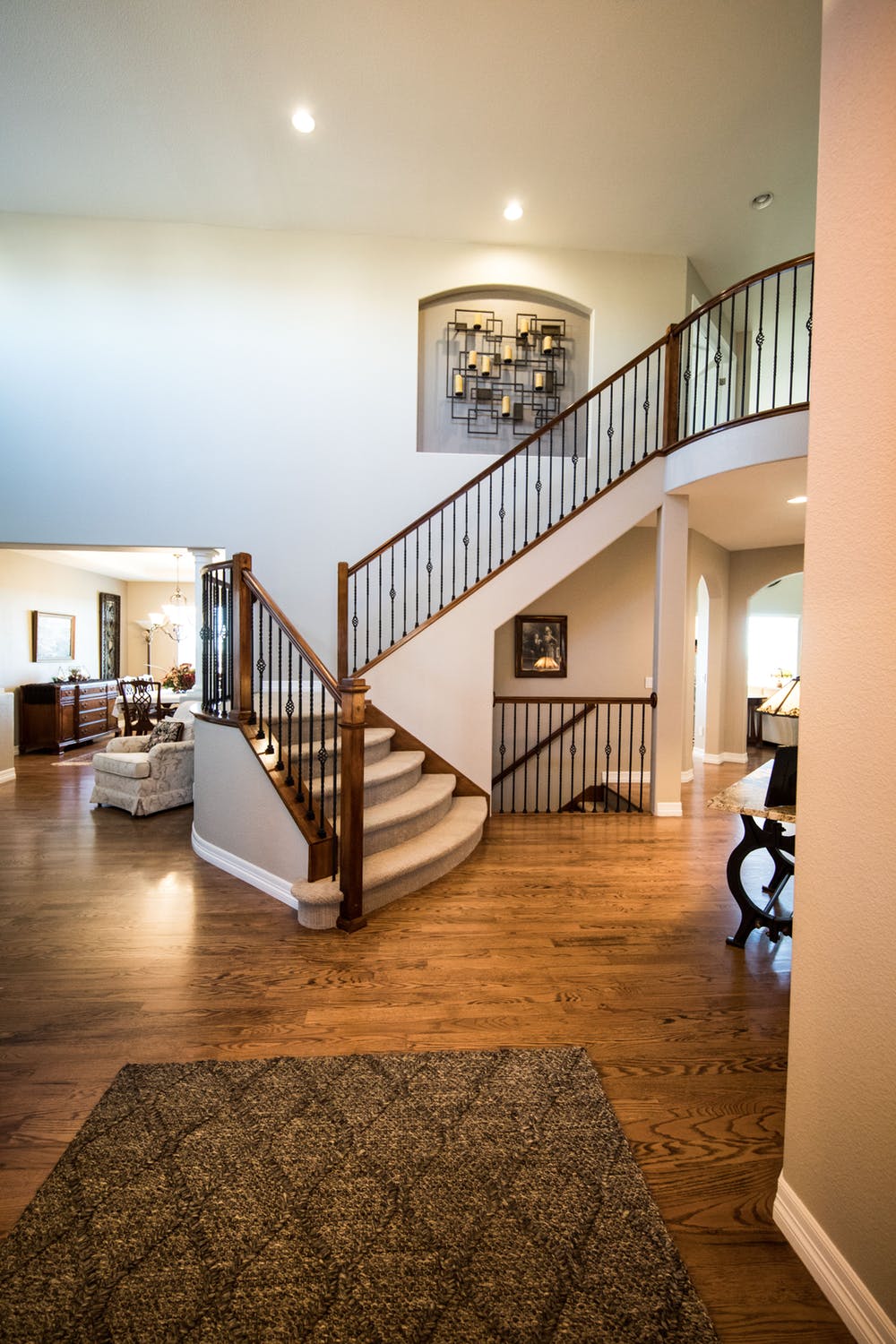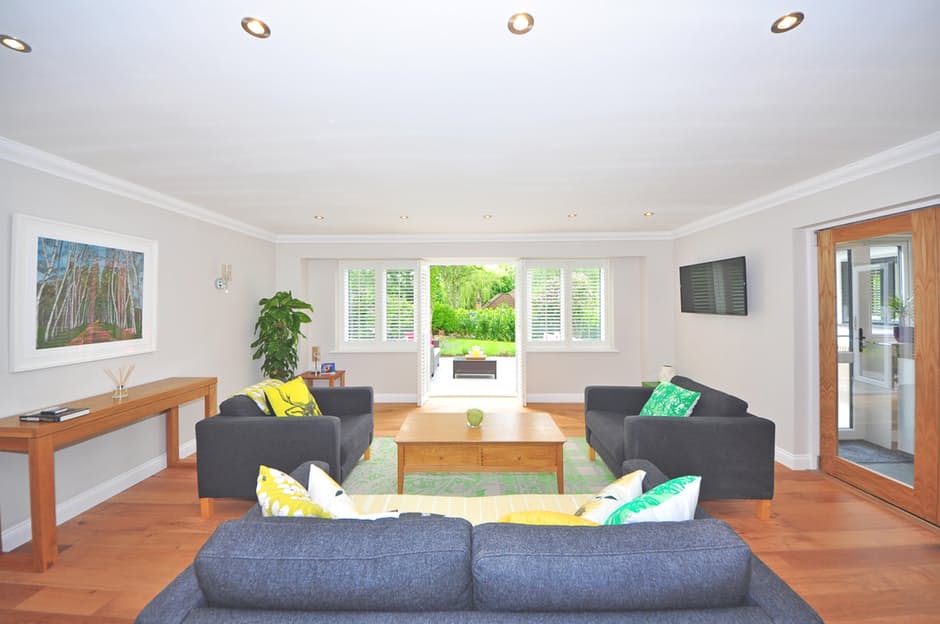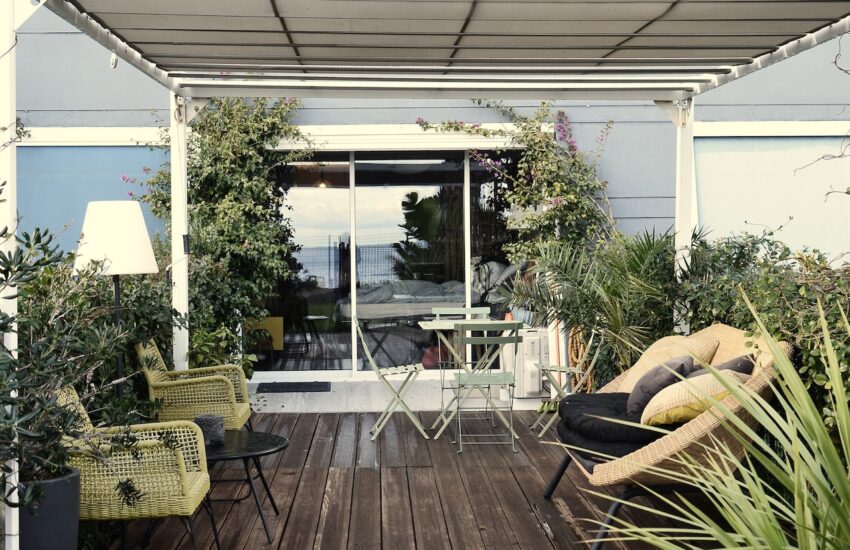The Next Level of Comfort: 12 Things You Can Do to Make Your Home a Better Place
One problem with following trends in interior design is it can leave your home looking like someone else’s. A perfect and polished interior design execution can seem distant and cold partly because you have not had real hands-on involvement.
HGTV says you must follow just a few principles: function, mood, and personality.
● Function requires every design element — lighting, furniture, carpeting, and so on — to balance and integrate with some established focal point.
● Mood refers to the feeling and experience a room’s design offers. The colors, furniture style, upholstery, and more give off a textured message.
● Personality includes those extras you add, the final touches with a family heirloom, inspirational artwork, or personal collectible.
Pulling these together, you can plan a flexible design with comfort at its core. Even on a tight budget, you can afford what it takes to make your house or apartment an inviting, engaging, and comfortable space. Whether you want to change up a room and spruce up your garage door, there are so many ways to make your home a better place!
12 things you can do:
1. Browse garage sales: Garage, yard, and estate sales include durable and appealing pieces that you recycle into your home. Goodwill and other thrift stores have “treasures” you can use. You’ll find bed headboards, rocking chairs, and overstuffed ottomans from design eras that work in contemporary dynamics.
Those really pleasant shopping events find unique pieces from Art Deco, Mid-century Modern, Craftsman, Industrial, Minimalist, and more. And, the benefit of contemporary interiors is your ability to mix themes.
2. Mix and match: If you stick with rigid traditional themes like Chippendale, Queen Anne, or Chinoise, you won’t have room for mixing and matching elements. But making the house or apartment comfortable means laying back and putting your feet up.
Visiting fombag.com, for instance, will help you select from beanbag options that will bring the ‘70s back to your plans. Even the most formal home design has room to layabout where the family gets together, where you like to curl up with a book, or where the kids retreat to their bedrooms. A 2-foot bean bag will keep a child preoccupied for hours or prop up your feet while you relax. A 5 to 6-foot bag has enough room for a couple or a full-size adult to relax. And, an 8-foot bag is bigger and more comfortable than most couches. Or, you might choose a SofaSack in various sizes and built to let you form a chair, recliner, or sofa.
3. Design for disability: If you are designing and building a new home or renovating an older one, you can learn from the disabled. It’s not so much that you’ll be there someday. Rather, the Americans with Disabilities Act introduced some ideas that just make sense for everyone’s comfort.
You might consider making your doorways wider, reducing stairs, reconfiguring your bathrooms, and making your kitchen storage and appliances more accessible. Sometimes, you can get carried away with spacious open floorplans and forget the need for personal scale. So, it makes sense to design and purchase with your comfort in mind.
4. Pitch pillows everywhere: You can find throw pillows everywhere. New fabrics and innards let you wash and dry them at your convenience. Bright colors and designs let you move the pillows from chair to sofa and from room to room to add a spark to the color palette.
Small pillows and large add casual and portable comfort and class to any room. Piled in a corner of the family room, thrown on chairs in the media room, or selected to complement your bedroom linens or living room sofa, throw pillows are an easy and affordable option.
5. Pick comfort colors: Picking a trending color palette can be a mistake. Some colors can induce stress and brain/body fatigue. Selecting colors that make you comfortable can be important. If trends call for shockingly bold neon colors, they may not be for you. Conversely, deep rich colors can depress your moods.
You may find it more comforting to select a family of colors engineered to work together. Soft and muted colors and hues are more flexible than stripes, polka dots, or floral prints. But the muted background lets you add those touches at will.
6. Recycle natural materials: Most people find comfort in natural woods, stone, and greens. You can add comfort to a minimalist design, neutral palette, and directly lit room with a stone hearth, exposed brick wall, or rough-hewn wooden mantel.
The comfort is more psychological than physical but it makes a warm connection with things natural and outdoorsy. Even well selected and arranged plants will bring peace and calm to your master bedroom or bath.
7. Make the house smarter: Technology now brings psychological and physical comfort to your residence. Security cameras once used only for watching the baby sleep now trap thieves on your doorstep, monitor the babysitter while you’re out, and warn of intruders to property and house.
But smarter homes now include appliances and thermostats you can control with a smartphone app. You can start the washer and dryer from work, adjust the temperature for your arrival home, and open the garage door from afar. Forbes notes, “only 12-16% of U.S. homes own smart devices, leaving entire segments of the market untouched.” But they also predict, “by the end of 2018, more than 45 million smart home devices will be installed in U.S. homes,”
8. Look at your linens: Changing your linens is an affordable way to add comfort throughout the house. Starting with the kitchen, you can change out your napkins, tablecloths, and towels for fresh ones with seasonal themes, patterns that charm you, or fabrics of better quality.
Move on to the bathrooms and powder rooms where things often get overlooked. Upgrading the thread count and absorbance of the towels and washcloths adds a little luxury when you need it. Then, you might treat yourself with a new comforter and/or duvet, ones that add depth and warmth to your comfort.
9. Rethink your lighting: Lighting fixtures now offer many options. The kitchen no longer has to be the brightest room in the house. Recessed LED lighting will reduce energy costs and soften the illumination. Top hat spots can be arranged to mark the flow of traffic in the kitchen or focus on tasks like the stove top, food prep, or sink.
You might add pendants over a kitchen counter or a chandelier over the dining table. But technology now lets you control the lights remotely dimming different circuits to warm the environment without tiring the eyes.
10. Make things personal: No one likes clutter, but you should make room for things that soothe you and make you happy. There are childhood toys, favorite books, or nostalgic travel souvenirs to put on shelves, credenzas, tabletops, or window sills.
You don’t want to overdo it, but you can select and arrange pieces to accentuate their shape or color. You can replace them with others as the seasons or your moods change.
11. Hang some art: Walls are a galley for displaying art. You’ll want to avoid the trendy and cheap. But well-chosen artworks and frames can complement your style decisions. The art might feature the wall color or palette, or the frames might match the furniture wood.
Art is not limited to framed work. You can display ceramics, sculptures, or collectibles. The comfort comes from the emotional connection to the choices, themes, colors, and textures. The artworks are anchors for your cares and worries.
12. Go “old school:” A final way to make the house a comfortable home is to opt for minimal cost comforts. Placing flowers, natural aromas, and evergreen plants add a natural nostalgia.
You might create a “she-nook” out of a large closet with a large bean bag chair, some plush pillows, and a cozy quilt. Or, you could plan a “man cave” in a small room featuring his trophies, a mini-fridge, and some books.
From drawing board to real world!
The genius of interior design professionals lies in their ability to understand space. They see space differently than other people. They understand size and proportion, and they are wired to require proportion and balance. There’s no reason you can’t work with a professional and learn as you go.
But you can take ownership of a design plan by making it personal and warm. Few people want to live in a museum where you can’t touch or handle things Most people prefer to live in an environment with color and texture that means more to them than the published trends.
It’s something to remember. Trends come and go. This year’s color pick is soon replaced by another. Current furniture styles are here today and gone tomorrow. But contemporary decor does favor an eclectic choice and arrangement of elements that has its own dynamic. That is fluid and flexible enough to “mess” with it every year. If, then, you make personal and family comfort your goal, you have a lot of options to reach the next level of comfort.



A wide range of materials have been utilized as insulation, and a large number of these have now been surrendered for progressively current and effective materials. The kind of insulation you select when structuring and building a space will rely upon your atmosphere and the R-esteem you look for.